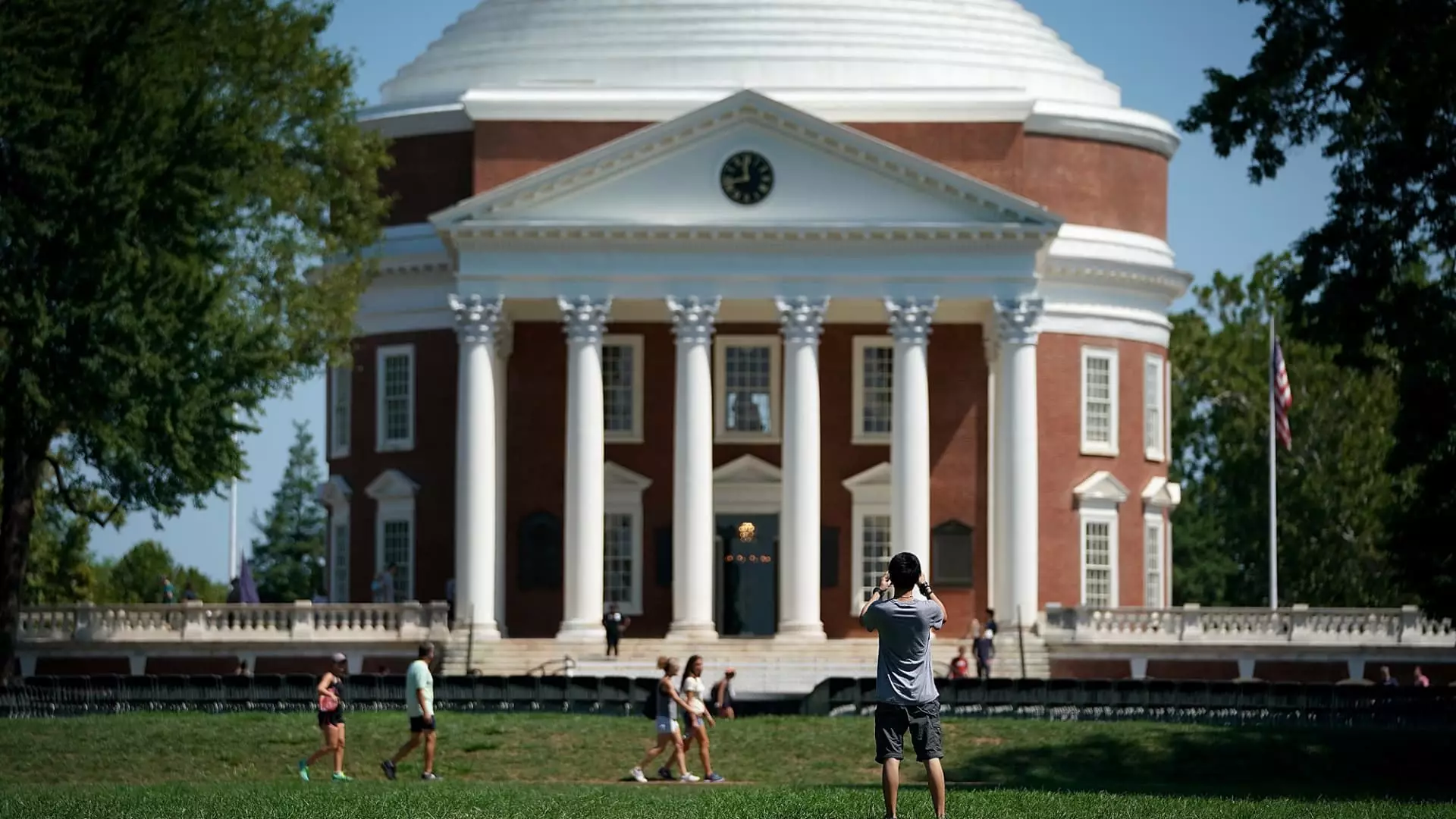The ongoing problems with the new Free Application for Federal Student Aid have resulted in significant delays in the distribution of financial aid award letters. As of June 14, only 45% of high school graduates have successfully completed the FAFSA, indicating a troubling decline from the previous year’s completion rate of 52%. This decline has left over 300,000 students without the crucial financial support they need to pursue higher education. The Princeton Review’s editor-in-chief, Robert Franek, expressed deep concern over this trend, highlighting the fact that many of these students have the highest financial need, making the lack of financial aid applications a significant barrier to their educational aspirations.
The escalating costs of attending four-year colleges and universities, including tuition, fees, room and board, books, transportation, and other expenses, are approaching nearly $100,000 per year. Despite these exorbitant costs, most students and their families do not pay the full price of attendance. Beyond federal aid, students may be eligible for financial assistance from their state or institution. The Princeton Review’s latest report, based on data from surveys conducted at over 650 colleges, ranks institutions based on their financial aid offerings and student satisfaction with the aid packages.
The challenges associated with completing the FAFSA have prompted colleges to reevaluate their financial aid structures and affordability initiatives. Some institutions have taken proactive steps to address the barriers to financial aid access, potentially attracting more students from diverse socioeconomic backgrounds. Nancy Goodman, the founder of College Money Matters, emphasized that colleges known for generous financial aid packages are likely to become more appealing to prospective students. The availability of financial aid can significantly impact college enrollment rates and influence students’ decision-making processes.
Top Colleges with Generous Financial Aid
The Princeton Review’s list of top colleges offering substantial financial aid includes prestigious institutions such as Yale University, Vassar College, Williams College, Pomona College, and the California Institute of Technology. These schools boast average need-based scholarship grants exceeding $20,000 for students with financial need. Additionally, the report highlights the average total out-of-pocket costs for students after receiving financial aid, showcasing the significant impact of scholarships on reducing the financial burden of attending college.
Accessible College Options with Financial Aid Support
Apart from elite institutions, public universities such as the University of Virginia, University of North Carolina at Chapel Hill, New College of Florida, University of Michigan – Ann Arbor, and the University of California, Berkeley, offer accessible options for students seeking quality education with substantial financial aid support. These institutions provide need-based scholarships that significantly reduce the out-of-pocket costs for students, making higher education more affordable and attainable for a broader range of individuals.
The challenges associated with the FAFSA application process have highlighted the critical role of financial aid in enabling students to pursue their educational goals. As colleges and universities continue to address these issues and enhance their financial aid offerings, more students will have the opportunity to access higher education and achieve academic success. By prioritizing affordability and inclusivity, institutions can create a more equitable educational landscape for all aspiring college students.

